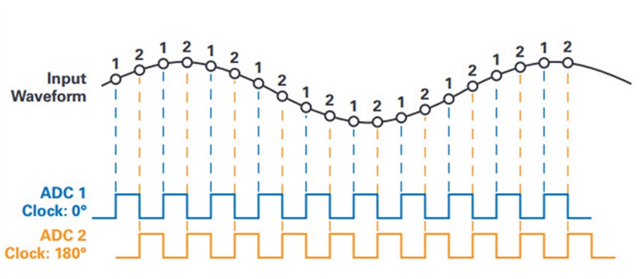Other Parts Discussed in Thread: LMX2820, LMX2592, LMX2572
Hi,
When used only in CMOS mode without LVDS mode, the CLKOUTM pin assumes the role of OVR. Is it okay to leave the CLKOUTM pin open if I am not using it?
It is also recommended that the CLKP pin be AC-coupled with a capacitor for input. In that case, could it be a problem that a damping resistor is inserted before the capacitor?
Thanks,


